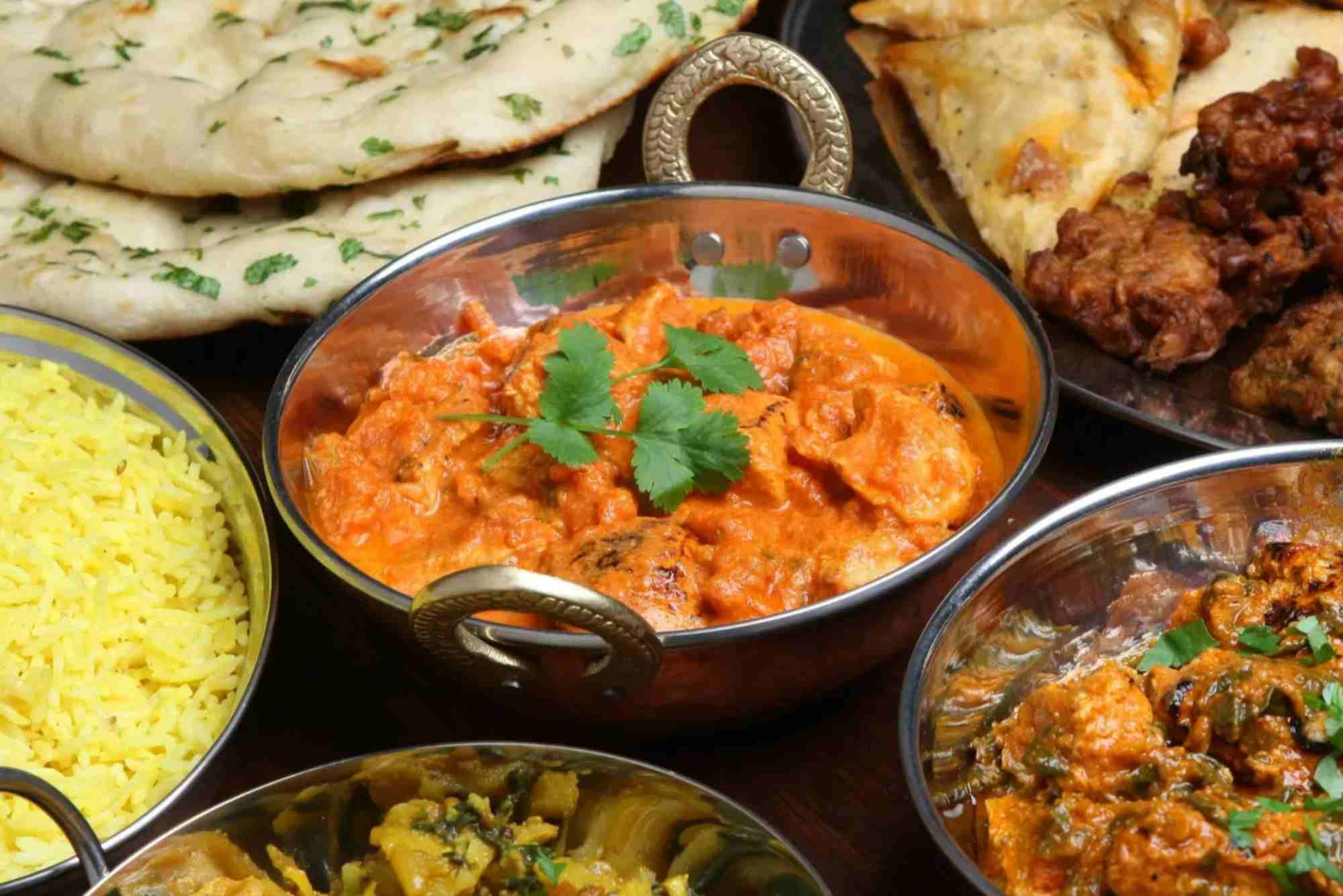Continental food is a term that often sparks curiosity—especially among food lovers and global travelers. If you’ve ever wondered what is continental food, you’re not alone. This style of cuisine carries a rich history and a global influence, blending European elegance with modern dining preferences.
In this guide, you’ll learn everything you need to know about continental food—from its origin and defining characteristics to popular dishes and dining customs. Whether you’re a foodie, a traveler, or just someone looking to expand their culinary knowledge, this article is for you.
What Does “Continental Food” Mean?
Continental food refers to the traditional cuisines of mainland Europe. This includes the culinary styles of countries such as France, Italy, Spain, Germany, and Greece—excluding British and Eastern European cuisines.
The term “continental” became popular in regions like South Asia and the Middle East to differentiate European-style food from local or Asian dishes. Over time, continental cuisine has come to represent a broad category of Western food known for its subtle spices, refined techniques, and sophisticated presentation.
Key Characteristics of Continental Cuisine
Mild Seasoning and Subtle Flavors
Unlike many Asian or Middle Eastern dishes, continental food relies on herbs like rosemary, thyme, oregano, and parsley rather than bold spices. This results in more delicate flavor profiles.
Emphasis on Meat and Dairy
Meat, particularly beef, pork, and chicken, plays a central role in many continental dishes. Cheese, cream, and butter are also key ingredients, offering richness and depth.
Bread and Wine Are Staples
In continental cuisine, meals often start with freshly baked bread and may be paired with wine. These elements are more than just accompaniments—they’re integral to the meal experience.
Elegant Presentation
Continental dishes are known for their clean plating and aesthetic appeal. The focus is on balance, color, and proportion.
Continental Food Across Regions
While “continental food” groups several European cuisines together, each region adds its unique flavor and technique.
French Cuisine
Famous for sauces, pastries, and refined cooking techniques. Dishes like Coq au Vin and Ratatouille exemplify French continental fare.
Italian Cuisine
Celebrated for its pasta, risotto, and use of olive oil and tomatoes. Think Lasagna, Carbonara, and Caprese Salad.
Spanish Cuisine
Known for its tapas, seafood dishes, and use of paprika and saffron. Paella and Gazpacho are staple examples.
German Cuisine
Hearty and rustic, with dishes like sausages, schnitzel, and pretzels. Sauerkraut and mustard are common sides.
Mediterranean Influence
Greek and other southern European dishes contribute lighter, olive oil-based meals with fresh vegetables, cheeses like feta, and grilled meats.
How Is Continental Food Different From Other Global Cuisines?
One of the biggest questions people ask is how continental cuisine differs from others. The answer lies in ingredients, techniques, and flavor profiles.
While Asian cuisines might use intense spices and stir-frying, continental food leans towards baking, roasting, and sautéing. It values sauces made from butter and cream rather than chili or curry-based gravies. It also places a strong emphasis on wine pairing and multi-course meals.
Popular Continental Dishes You Should Know
From casual cafés to fine dining restaurants, continental dishes have become global favorites. Here are some of the most iconic meals you’ll encounter:
- Grilled chicken with herb butter
- Pasta Alfredo or Carbonara
- Roasted lamb with rosemary potatoes
- Vegetable quiche
- Creamy mushroom soup
- Classic Caesar or Greek salad
- Tiramisu and Crème brûlée for dessert
These dishes not only taste great but also showcase the core of continental cooking—balance, simplicity, and quality ingredients.
The Rise of Continental Food in Global Dining
Continental cuisine has made its mark in many countries outside Europe, including the UAE, India, and South Africa. Upscale restaurants often feature a continental section on their menu, offering diners a taste of Western-style refinement.
In cities like Dubai or Cape Town, continental food has become synonymous with modern, elegant dining—particularly for brunches, business lunches, or special events.
How to Experience Continental Food at Home
Trying continental food doesn’t mean booking a flight to Paris or Rome. You can recreate many dishes at home with basic ingredients and simple techniques.
Start with soups and salads, then move on to main dishes like grilled fish or pasta. Add herbs like thyme and basil, use olive oil generously, and don’t forget the bread basket.
For a true continental experience, consider serving meals in courses—starter, main, and dessert. Add a bottle of wine, and you’re set.
Is Continental Food Healthy?
Continental cuisine can be both indulgent and health-conscious, depending on the choices you make.
Dishes rich in cream and cheese are delicious but calorie-dense. On the other hand, Mediterranean influences bring in healthier options like grilled meats, What is Continental Food fresh vegetables, and olive oil-based dressings.
Moderation and balance are key—just as the cuisine itself suggests.
Explore the Sophistication of Continental Cuisine
Now that you know what continental food is, why not give it a try? Whether you’re dining out or cooking at home, continental cuisine offers a refined, flavorful experience that’s worth exploring.
Want to discover recipes or find the best continental restaurants near you? Start today and enjoy a journey through Europe’s culinary heart.
Frequently Asked Questions (FAQs)
What is the meaning of continental food?
Continental food refers to the traditional cuisines of mainland Europe, excluding British and Eastern European dishes.
Which countries’ cuisines are considered continental?
France, Italy, Spain, Germany, and Greece are key contributors to continental cuisine.
What are some common ingredients used in continental food?
Butter, olive oil, herbs, cheese, cream, meats, and bread are staples in continental cooking.
Is continental food spicy?
No, continental food typically features mild seasoning using herbs rather than strong spices.
What makes continental food different from Indian or Asian food?
Continental food uses different cooking techniques, milder flavors, and focuses more on sauces, dairy, and wine pairings.
Can I cook continental food at home?
Yes! Many continental dishes are simple to make using basic ingredients and easy cooking methods.



